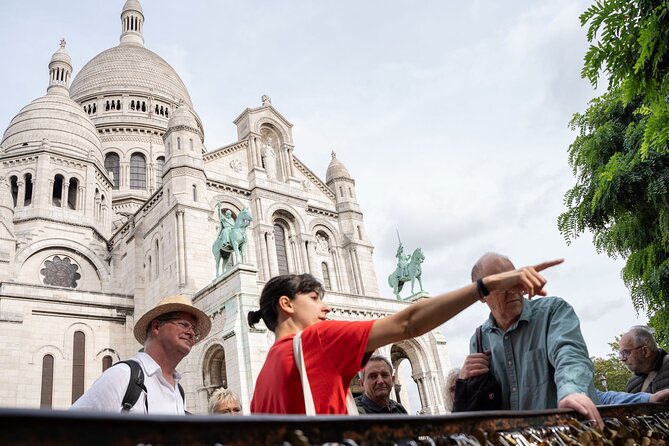You want college funding—but you’re not seeing much help beyond the usual big-name scholarships. Good news: dozens of “hidden scholarships” are hiding in plain sight—awards for quirky qualities, lesser-known organizations, or even your last name. Many go unclaimed.

In this post, you’ll discover:
- Unusual, high-value scholarships in 2025 you probably didn’t know about
- How to find them and apply **before deadlines
- Insider tactics to boost your odds
You’ll walk away with practical tips, real examples, and a clear path to funding your education without competing with thousands.
Why You Should Care—and Act Now
- Less competition—quieter scholarships, fewer applicants
- $100 million go unclaimed each year—that’s money you could snag (SoFi)
- Deadlines vary—and some are right around the corner—so timing is everything
- Many fund quirky traits or passions—mais creativity equals opportunity
Hidden Scholarships by Category
1. Quirky, Offbeat Awards
These unconventional scholarships reward unusual talents, identities, or creativity:
- Signature Hat Scholarship – Design your own hat and win ~$500 (Sallie)
- Book Lovers Scholarship – Share one book everyone should read—and why—for $500 (Sallie)
- Create-A-Greeting-Card Scholarship – Design a card, win up to $10,000 (Sallie)
- Southpaws Only – Left-handed students attending Juniata College can apply (Financial Aid Finder)
- Duck Brand Duct Tape “Stuck at Prom” Contest – Dress in duct tape and you could win $10,000 (Financial Aid Finder)
- Tall Clubs International Scholarship – For tall students (women 5’10″+, men 6’2″+) (Financial Aid Finder)
- Junk Food Junkies Award – Candy lovers majoring in food science, $5K (Financial Aid Finder)
- David Letterman Telecommunications Scholarship – Creative communications students can win up to $10,000 (Financial Aid Finder)
These awards are fun—and the best part? They often have far less competition.
2. No-Essay and Easy Scholarships
Sometimes you just want quick, easy money:
- “Be Bold” No-Essay Scholarship ($25,000) – Bold.org rewards standout profiles—no essay needed (Fastweb, Bold)
- Lots of no-essay fan scholarships—for fans of Miley Cyrus, SZA, Harry Potter, and more—ranging from $500 to $10,000 (Bold, Fastweb)
If you’re short on time, these easy-to-apply options can still deliver serious value.
3. Unusual But Powerful Scholarships
There are scholarships tied to less obvious identities or actions:
- Last-Name Scholarships – Some institutions offer awards based on your surname, like Scarpinato, Gatlin, Leavenworth, Murphy, and more (The Wall Street Journal)
- American Red Cross “Leaders Save Lives” – Host a blood drive and you could earn $2,500 (Scholarships.com)
- Chick & Sophie Major Duck Calling Contest – For duck callers aged 16-20; scholarships up to $5,000 (Arkansas, Nov 30 deadline) (Scholarships.com)
- Gamewardens of Vietnam Scholarship – For descendants of US Navy personnel who served with TF-116 in Vietnam; $2K, deadline July 15, 2025 (ucango2.org)
- Flavor of the Month Scholarship – Submit an ice cream flavor idea for $1,500 (deadline July 31, 2025) (ucango2.org)
- Tylenol® Future Care Scholarship – For future healthcare pros; $5K–$10K, August 1, 2025 deadline (ucango2.org)
Quick Comparison Table
| Scholarship Name | Award | Who’s Eligible or Criteria | Application Deadline |
|---|---|---|---|
| Signature Hat Scholarship | ~$500 | Creative hat designers | (Check site) |
| Create-A-Greeting-Card Scholarship | ~$10,000 | Greeting card designers | (Check site) |
| Be Bold No-Essay Scholarship | $25,000 | Bold.org profile, all students | Rolling / seasonal |
| Fan Scholarships (e.g. Miley Cyrus) | $500–$10K | Fans, no-essay | Rolling |
| Last-Name Scholarships | Varies | Matching surname at various schools | Varies |
| Red Cross Leaders Save Lives | $2,500 | Students hosting blood drives | Sept 1, 2025 (Scholarships.com) |
| Duck Calling Contest | ~$5,000 | Ages 16–20, duck calling skill | Nov 30, 2025 (Scholarships.com) |
| Gamewardens of Vietnam Scholarship | $2,000 | Descendant of TF-116 Navy personnel | July 15, 2025 (ucango2.org) |
| Flavor of the Month Scholarship | $1,500 | Ice cream flavor idea submission | July 31, 2025 (ucango2.org) |
| Tylenol® Future Care Scholarship | $5,000–10K | Future healthcare students | August 1, 2025 (ucango2.org) |
How to Find and Win Hidden Scholarships (Your Game Plan)
1. Start with niche searches—use keywords like “weird scholarships 2025”, “last name scholarship”, “no-essay scholarship”, etc.
2. Use scholarship platforms—Bold.org, Fastweb, Scholarships.com often list unique and rolling opportunities (Fastweb, Scholarships.com).
3. Stay organized—keep a spreadsheet to track deadlines, award amounts, eligibility, and submission status.
4. Apply early—even if it’s easy. Rolling deadlines like Bold.org’s reward early submissions (Bold).
5. Be creative and authentic. For fan or creative-based scholarships, let your passion shine—it matters.
6. Mix quick wins with higher-value awards. Combine easy no-essay applications with a few effortful but high-payout ones.
Frequently Asked Questions (FAQ)
Q: Why do weird scholarships even exist?
A: Donors want to celebrate creativity, uniqueness, or their own passions. Many funds go unclaimed, so fewer float to hidden awards—winning there is like finding free money.
Q: Are no-essay scholarships worth it?
A: Absolutely—sites like Bold.org offer thousands with rolling deadlines. They’re low effort and can swiftly stack up funds (Bold, Fastweb).
Q: How do I find deadline dates?
A: Check official scholarship pages or aggregator sites (e.g., Scholarships.com, UCanGo2) for accurate deadlines and requirements (ucango2.org, StudentScholarships).
Q: Can anyone apply for last-name scholarships?
A: Only if your surname matches the specified names and you meet the institution’s requirements. They’re niche, but often high-value (The Wall Street Journal).
Conclusion & Your Next Steps
You now have:
- A list of offbeat, high-value scholarships you’d never guess exist
- A clear table summarizing award amounts and deadlines
- A strategic roadmap to find, organize, and win scholarships
Here’s your action plan—start today:
- Scan that list—choose 3 quirky, 3 easy, and 3 powerful scholarships to apply for next.
- Set calendar reminders for deadlines.
- Tackle one application per day—especially easy ones that take minutes.
Ready to dig deeper? Let me know if you’d like full application tips, email templates, or help tracking more hidden awards.
Let’s make 2025 the year you pay for college using opportunities most students overlook. You’ve got this.
Let me know if you’d like me to continue with the next ~5,000 words or dive into one scholarship category in more depth!



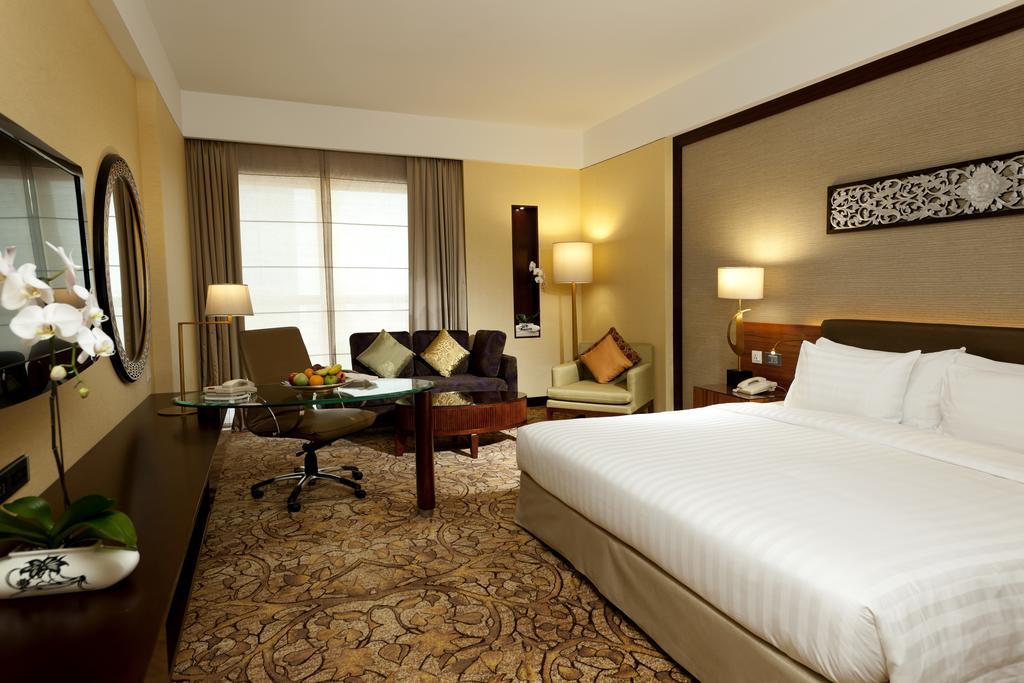


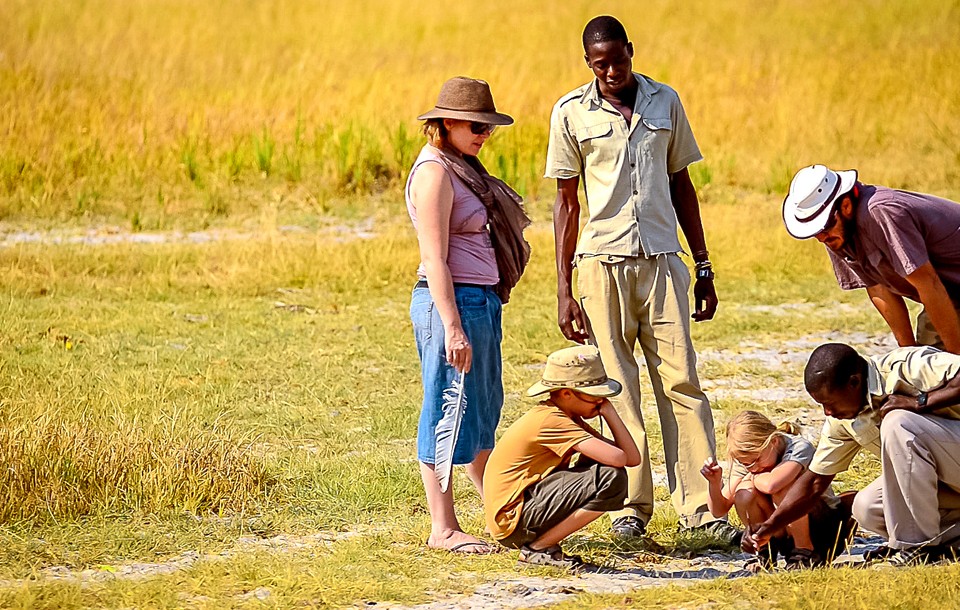



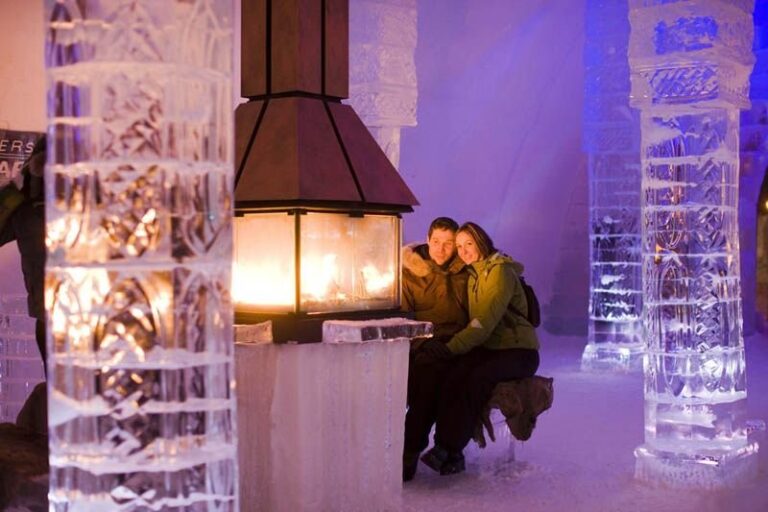
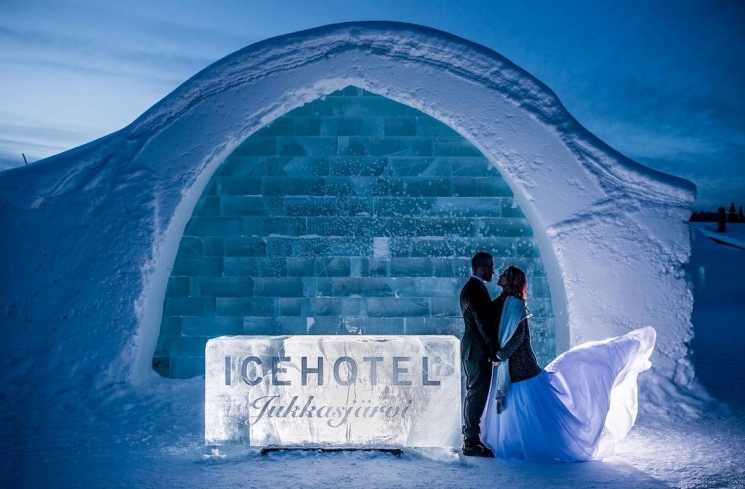
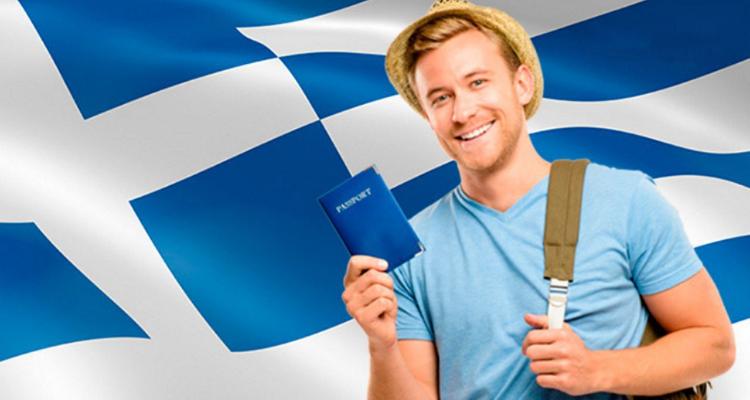
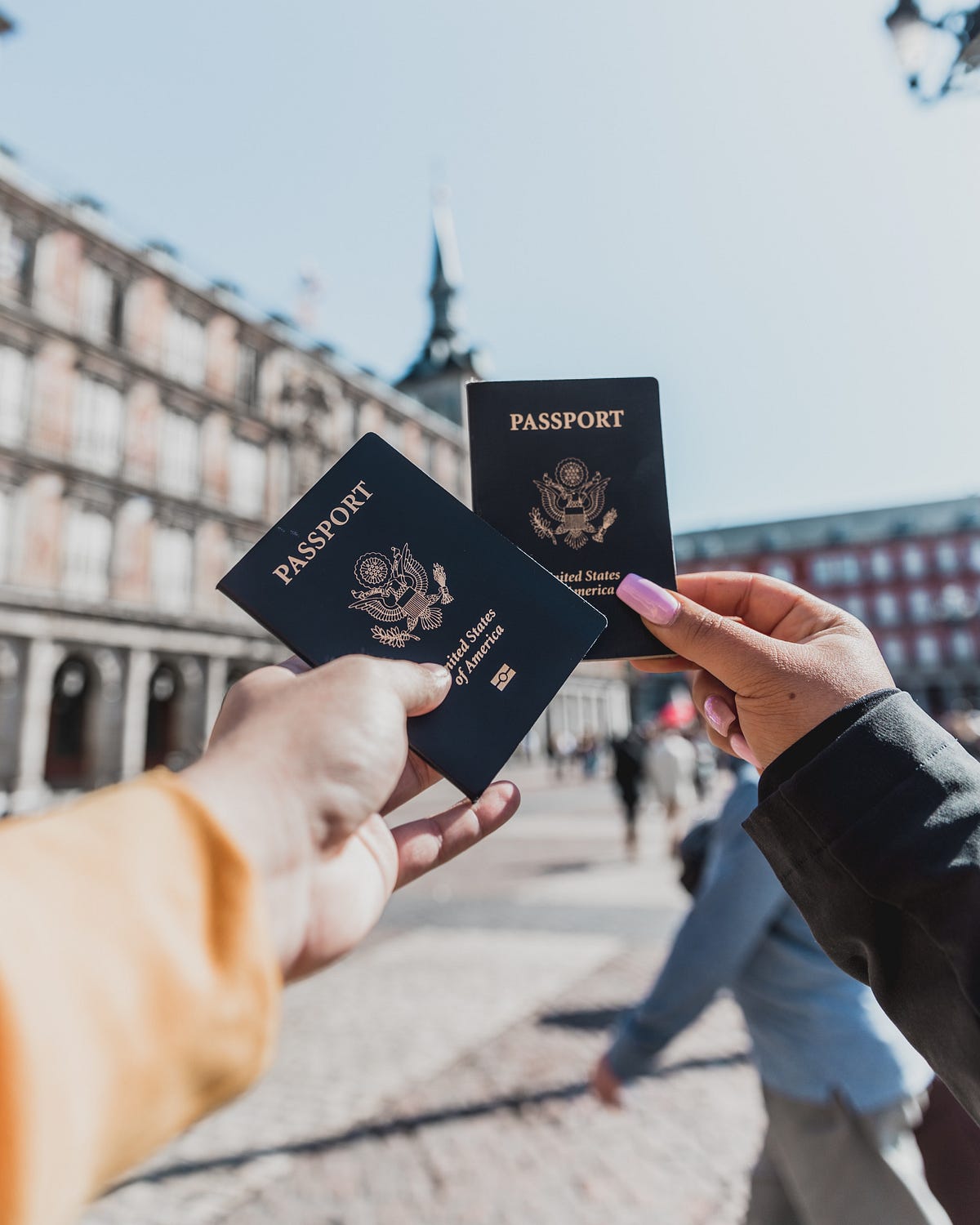
 (
(




